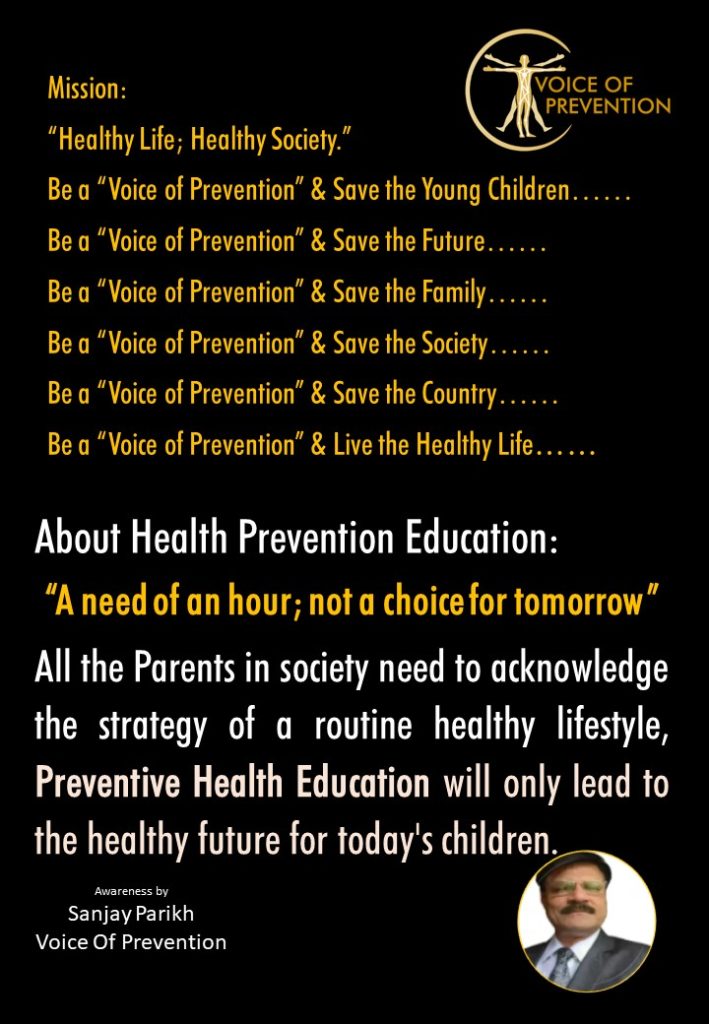
Health prevention encompasses a range of strategies and interventions to maintain and promote good health and prevent the onset of diseases and health conditions.
There are three main types of health prevention, often referred to as the “levels of prevention.” These are primary, secondary, and tertiary prevention:
Primary Prevention:
Primary prevention aims to prevent the onset of diseases and health conditions by addressing risk factors and promoting overall health and wellness.
This involves interventions and strategies that target healthy individuals or populations and can include:
Immunizations and vaccinations
Health education and promotion
Lifestyle modifications (e.g., healthy diet, regular exercise)
Environmental changes to reduce health risks (e.g., clean water supply)
Secondary Prevention:
Secondary prevention focuses on early detection and intervention to prevent the progression of a disease or condition in its early stages. It is typically targeted at individuals who may have risk factors or early signs of a disease.
Key components of secondary prevention include:
Regular screenings and check-ups (e.g., mammograms, colonoscopies)
Early diagnosis and treatment
Monitoring and surveillance of chronic conditions
Tertiary Prevention:
Tertiary prevention aims to reduce the impact and complications of an established disease or condition. It is targeted at individuals who are already affected by a health problem.
Tertiary prevention strategies include:
Rehabilitation and physical therapy
Chronic disease prevention/management programs:
Counselling individuals as patients and educating their families & groups.
In addition to these levels of health prevention, there is so specific approach with the strategies, such as behavioral, environmental, and policy prevention, which can be applied at various levels to promote and protect health.
The Health Counselling & awareness includes:
Behavioral Health Prevention:
Encouraging healthy behaviors and reducing risky behaviors. Examples include promoting tobacco cessation programs, substance abuse prevention, and sexual health education.
Environmental Health Prevention:
Focusing on environmental factors that can impact health, such as air and water quality, workplace safety, and safe housing. This can involve regulations and interventions to reduce environmental risks.
Policy and Legislation for Health Prevention:
Developing and implementing laws and regulations to promote health and safety, such as seat belt laws, food safety regulations, and workplace safety standards.
Community-Based Health Prevention:
Spreading awareness in the communities by promoting health and wellness. This includes community health education programs, local health clinics, and community partnerships to address specific health concerns.
These health prevention counselors work in coordination to create a comprehensive approach to maintain and improve public health and individual well-being.
The Prevention strategies depend on the specific individual health issues & the group being addressed with the goal of a quality lifestyle.